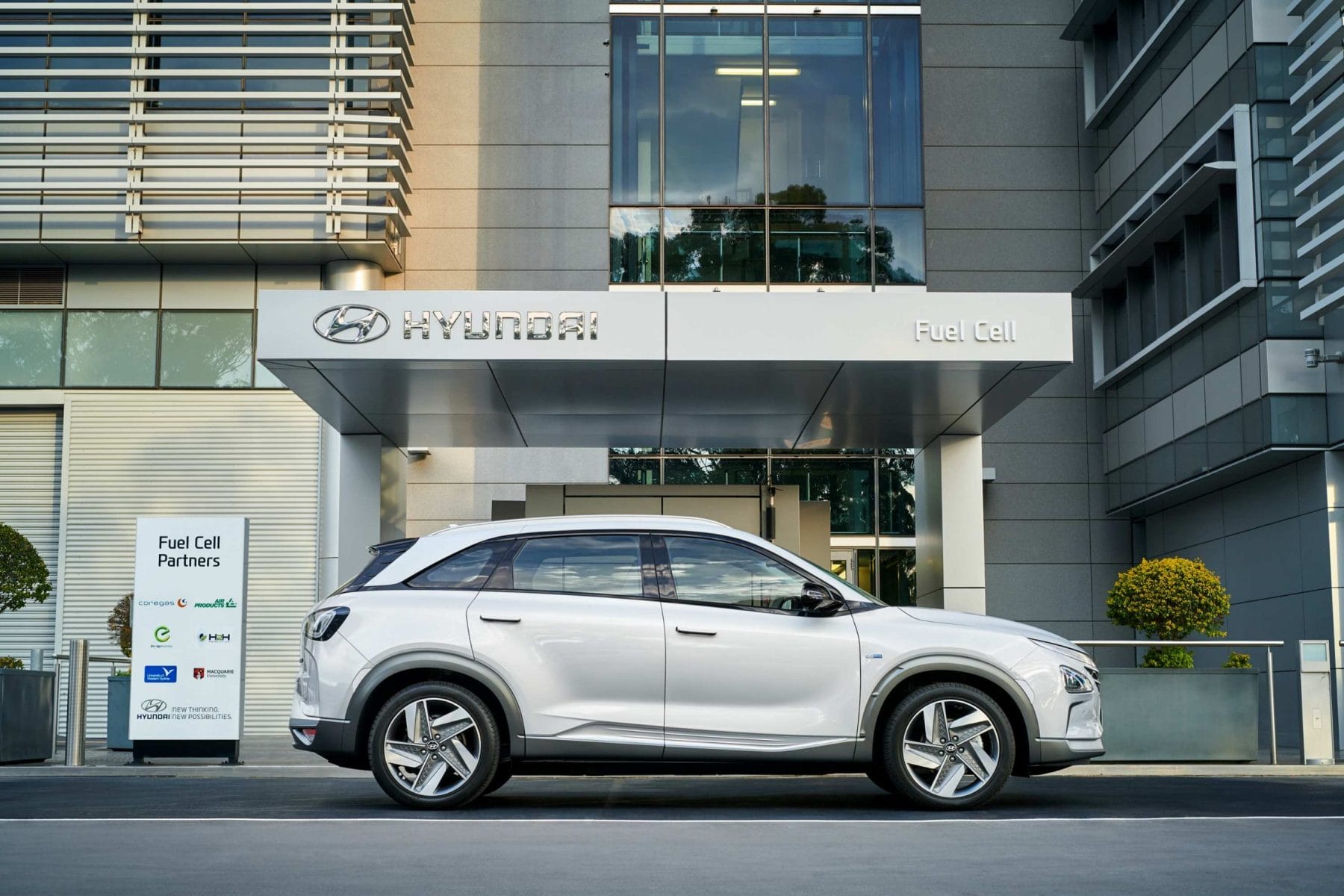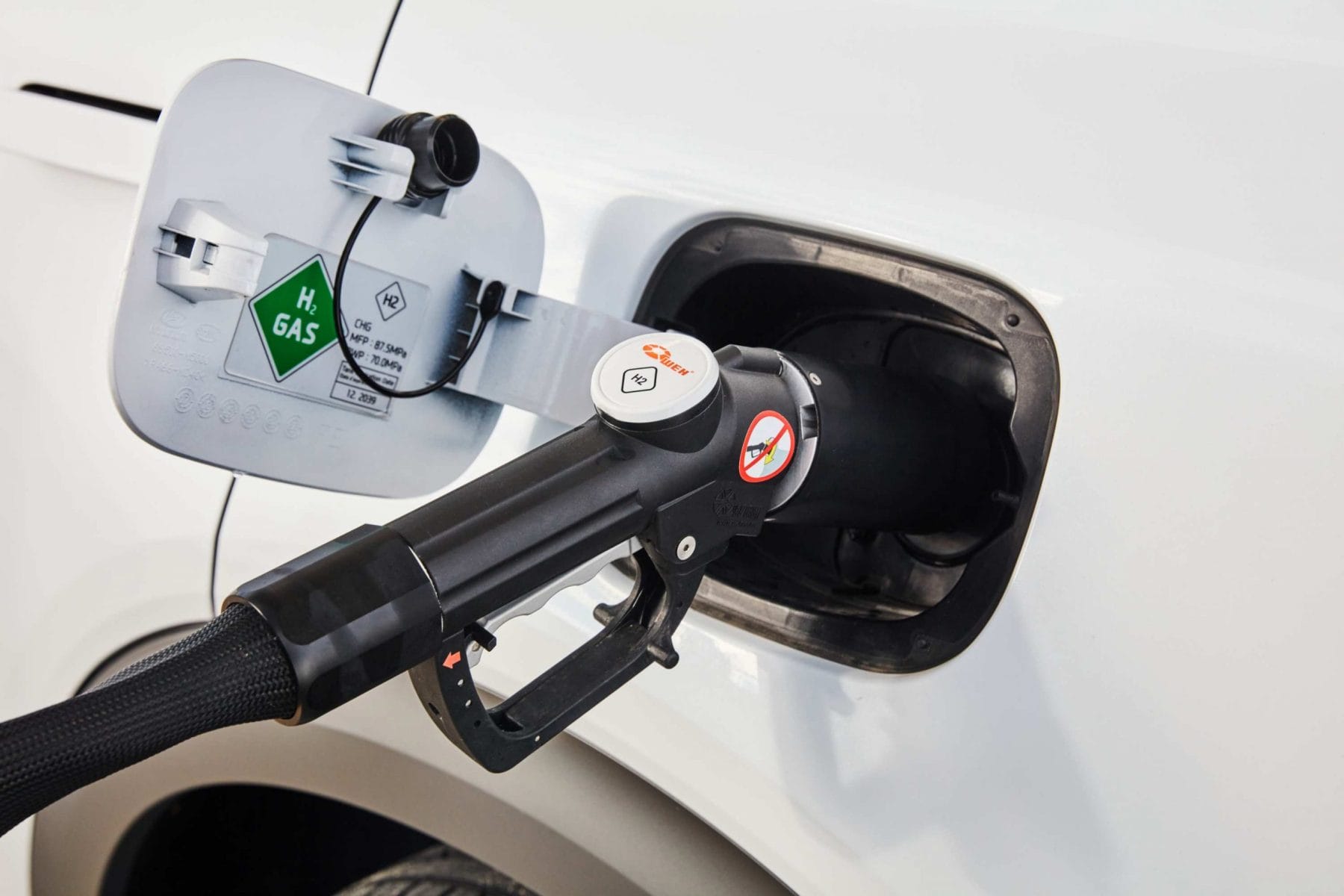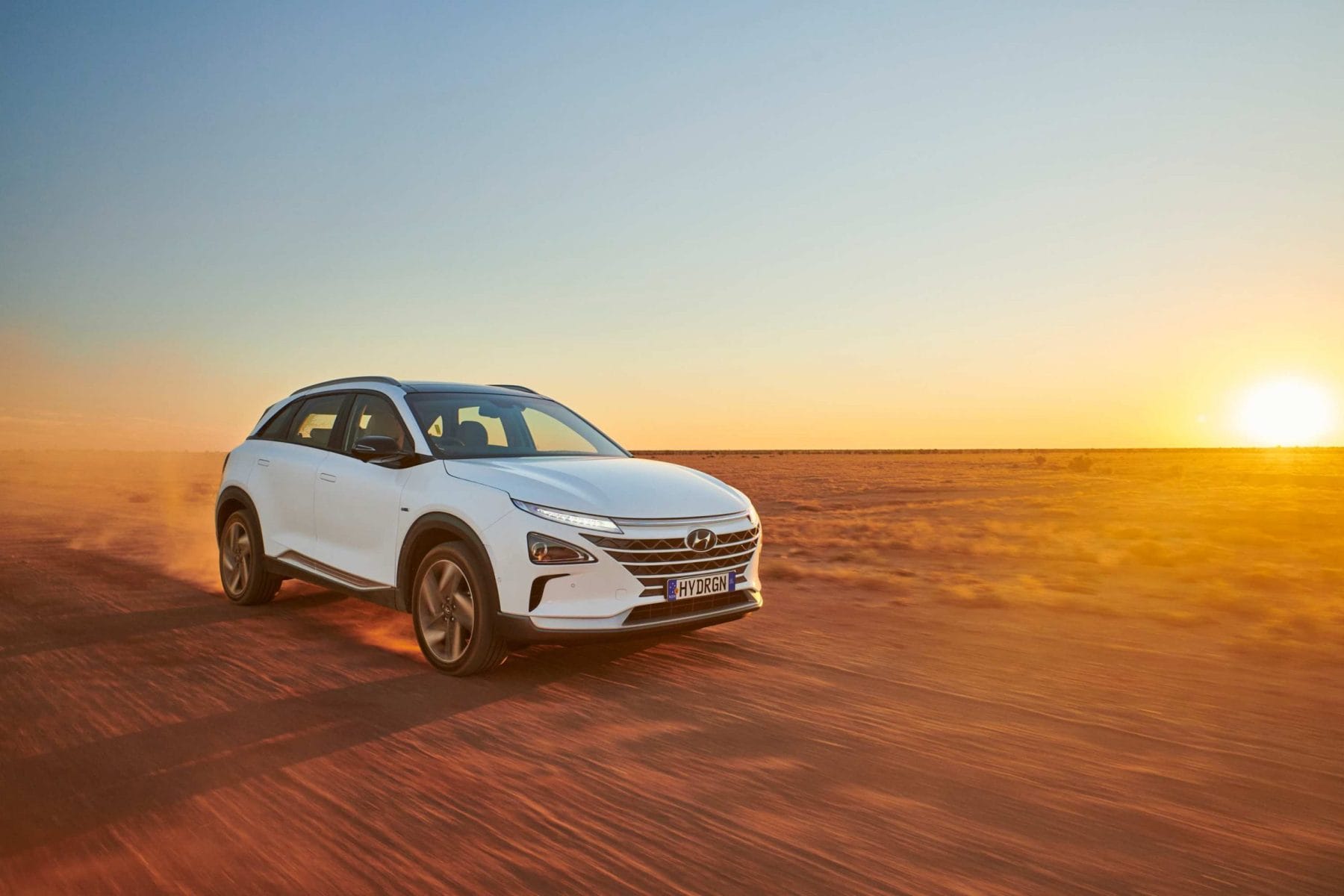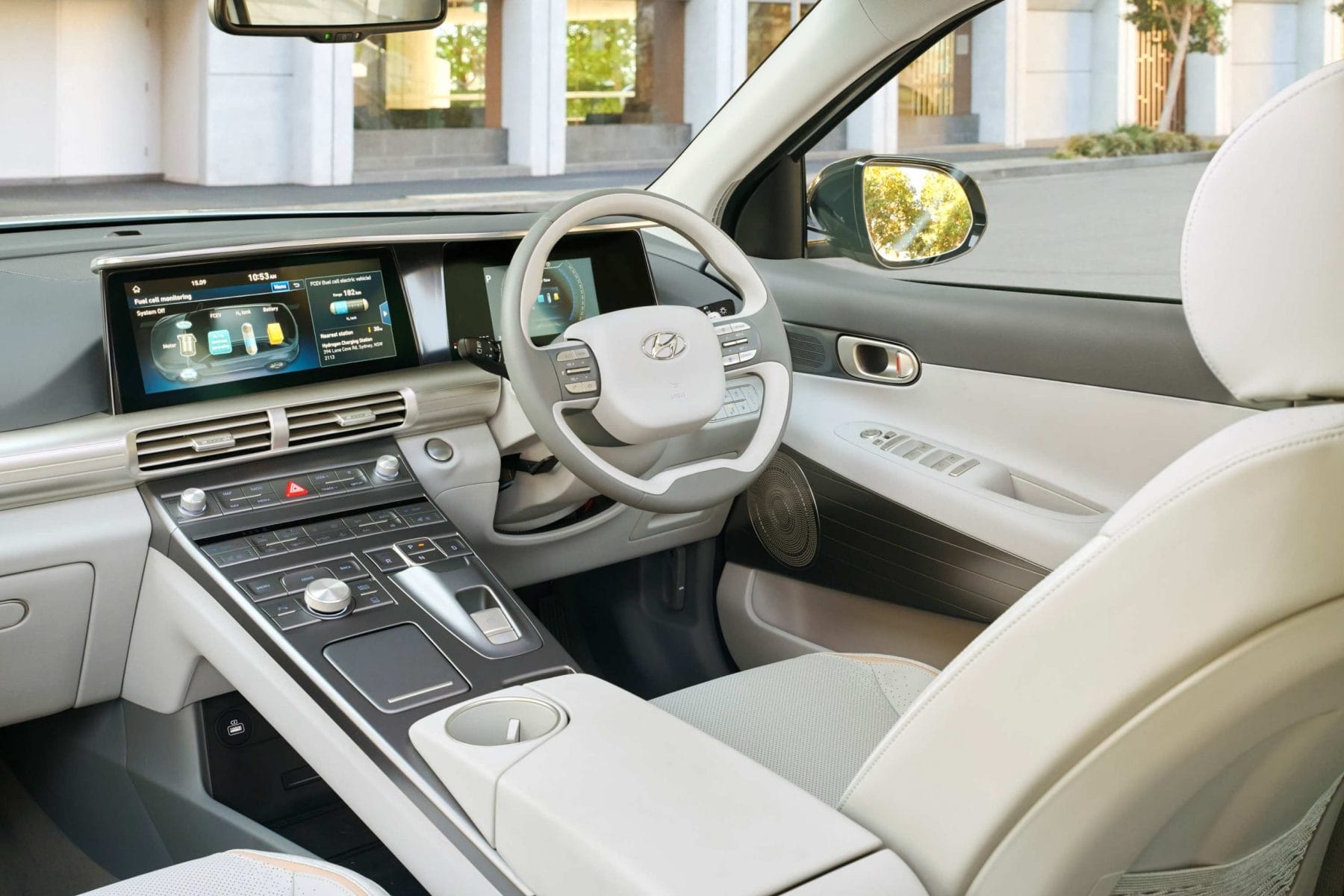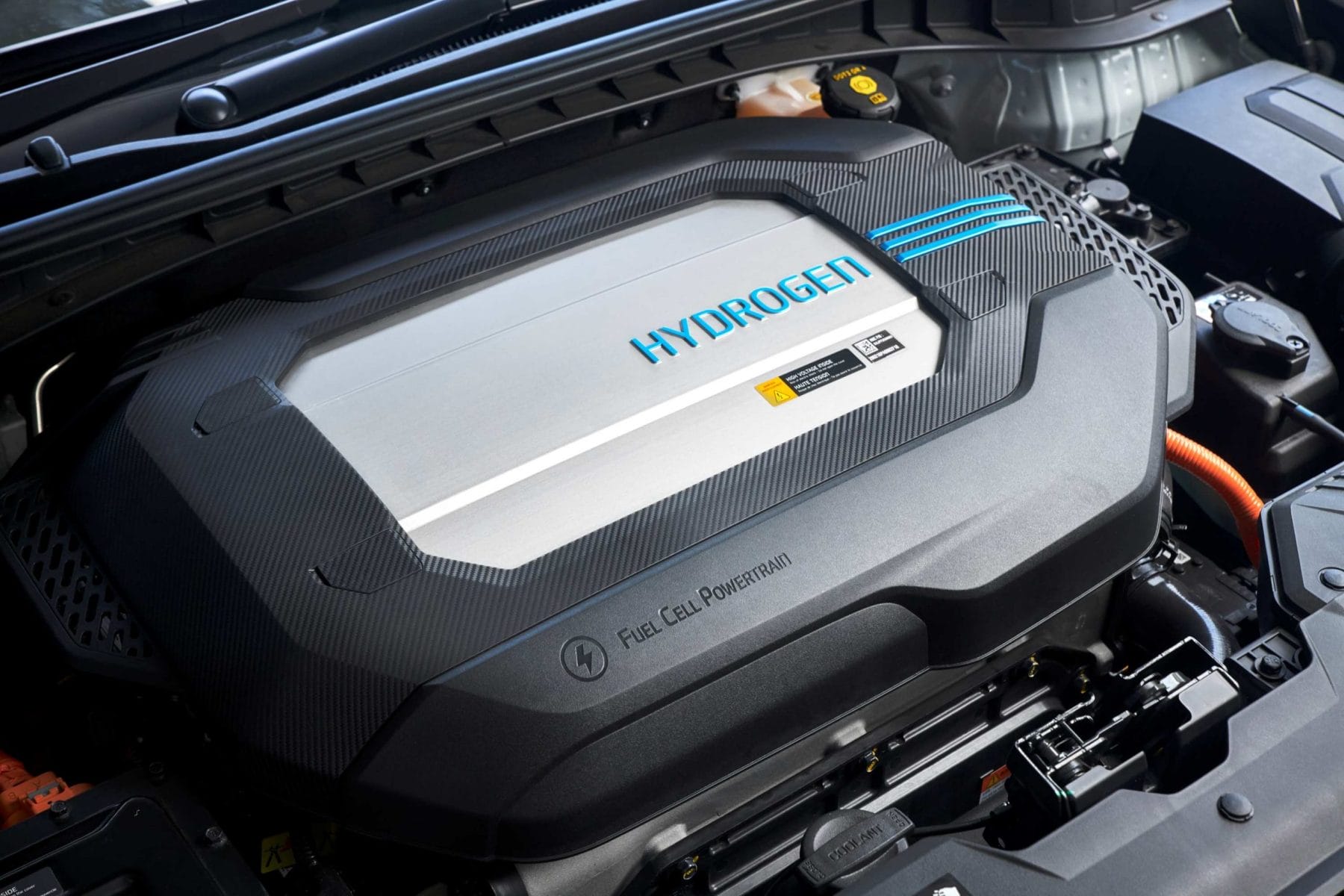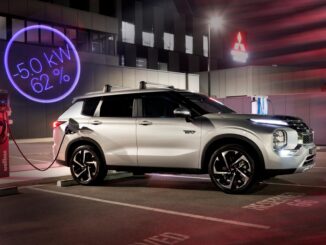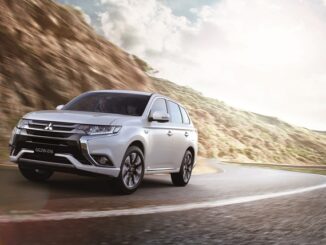NEXO is more than just a large SUV, , it is one of the very first hydrogen fuel cell cars to be visible to punters on Australian roads.
How Fuel Cells Work:
Hydrogen is stored in refilling stations at 700bar. A refill will take around 3 minutes and in for a range of 666km. A world record was set by our NEXO test car at 887.5km, well beyond the claimed range. No special provisions were made.
The gas to energy conversion takes place in a Fuel Cell Stack of over 400 individual plates, about the size of a case of beer. The electricity is transferred to the 120kw motor, to drive the front wheels through a single speed transmission.
What Emissions result from Fuel Cell Use?
Clean water is the only by-product, however FCEVs also clean the air by filtering pollutants to provide clean air supply to the fuel cell. I’m not sure I’d want to drink it, but we are told you could if you wanted to.
Will FCEVs Replace Hybrid and BEV cars?
FCEVs refill in minutes, compared to a much longer time for EV. While some EVs can take advantage of fast charging, continued use of fast charging adversely affects the longevity of the battery backs. Battery packs have a finite life, and are extremely heavy and expensive. Then, there is recycling or disposal to consider.
What is NEXO?
NEXO is Hyundai’s large 5-seater SUV. The Fuel Cell Electric Vehicle (FCEV) is powered by electricity through a 120kw/395Nm motor.
Construction is a mix of high strength steel, and plastic. Front mud guards are 100% plastic, a first for Hyundai.
The cabin uses bio-plastics in the cabin. 34kg of the material is used in carpets, headliner, doors, seats, console, and other parts of the interior trim.
Not only does the use of this material result in a reduction of weight, but more importantly, 12kg reduction of CO2 during manufacture.
NEXO uses a slippery shape to aid aerodynamics, which includes flush door handles that only appear when required. The co-efficient of drag of 0.32 helps extend range.
How Quiet is NEXO?
There is no mechanical noise apart from the slight whine from the electric motor. Low speed reversing activates an audible signal to warn pedestrians.
At driving speeds, the cabin is blissfully silent, and around town the only noise is the air from the vents.
How does NEXO Handle?
Nexo has a feel similar to other electric cars which use batteries to store power. Steering is extremely light, with drive modes making little difference to the ethereal feel of the passenger experience. The tanks are fairly heavy, and are placed over the rear axel.
Ride feels quite luxurious.
Audio comes thanks to a rather evil sounding “Krell” premium system. You’d get one just to say, “I have a Krell.”
In twisty bends, NEXO feels heavy-ish, but never feels like it will let go.
One glorious bend after another is dispatched easily, and highways are a like a string of ribbon. It is, after all, a large SUV, albeit an on-road one.
What gadgets does NEXO have on board?
There is a fancy automated parking system which I suspect will see little use. The digital dash on the other hand, is a triumph. Putting a blinker on brings up a camera view along the side of the car, which ever way you’re turning.
Lane departure and lane centering are just a few of the driver aids. It has everything you get on any other current model Hyundai. Although there is high beam assist, the wipers are intermittent only.
NEXO got a top safety rating form ANCAP, so that should assuage concerns over the flammable fuel.
How Safe is Hydrogen?
The tanks are over engineered. Hydrogen is 14 times lighter than air, so tends to disperse fairly quickly, should there ever be a leak.
Why Hydrogen?
There are advantages to both hydrogen and BEVS. Naysayers point to the rarity of hydrogen refuelling, ignoring the complete absence of public electric charging stations only a few years ago. Others will prefer bits of ancient dinosaur as being the best. As always, the market will decide.
Several manufacturers have been developing fuel cells, citing environment at the main reason for sinking such enormous sums into a futuristic system.
Mass transit systems, freight, and shipping, could take advantage of local manufacture., and ships could make their own hydrogen from onboard plants. After all, they already produce fresh water for consumption at sea.
Conclusion:
All things considered, NEXO was fun, quiet, and comfortable.
It is very likely that public acceptance will be the key to a hydrogen future. Arguments over dinner tables will rage, but one thing is sure, fuel cells can be used anywhere electricity is required, without the need of batteries.
For the time being, the size of the tanks will limit the size of vehicles to those on the larger size, but, this is just the beginning. Elon Musk mocks FCEVs, but he would wouldn’t he. His business is batteries.

